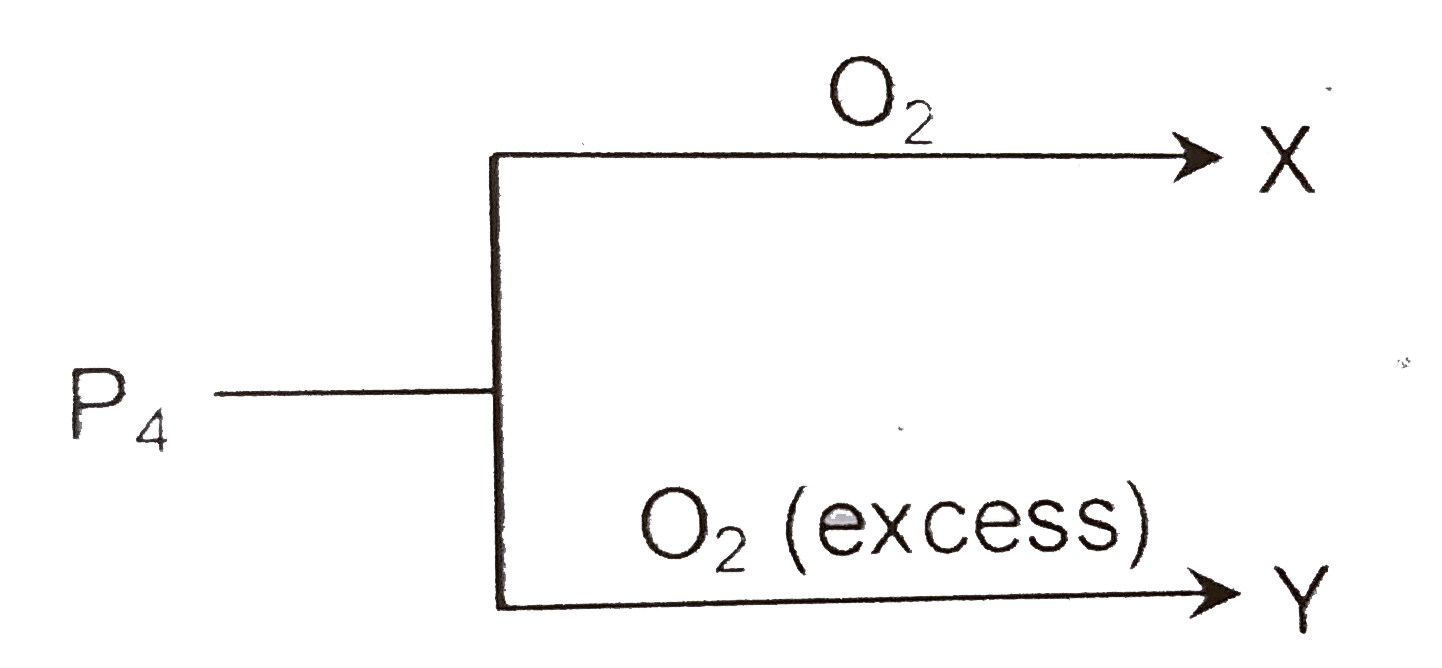Choose the correct pair regarding IE3
Mn>Cr
Mn>Fe
Zn>Cu
All of these
The correct Answer is:D
To solve the question regarding the third ionization energy (IE₃) of the given pairs, we will analyze each pair step by step.
Step 1: Understand Ionization Energy
Definition: Ionization energy is the energy required to remove the most loosely bound electron from an isolated gaseous atom. The third ionization energy (IE₃) refers to the energy required to remove the third electron from a cation.
Step 2: Analyze the First Pair (Manganese vs. Chromium)
1. Manganese (Mn):
- Atomic number: 25
- Electron configuration: (Ar) 4s² 3d⁵
- For Mn²⁺: Configuration becomes (Ar) 3d⁵ (removal from 4s).
- This configuration is stable (half-filled d-orbitals).
2. Chromium (Cr):
- Atomic number: 24
- Electron configuration: (Ar) 4s¹ 3d⁵
- For Cr²⁺: Configuration becomes (Ar) 3d⁴.
- This configuration is less stable than Mn²⁺.
Conclusion: The removal of the third electron from Mn²⁺ is more difficult than from Cr²⁺ due to the stability of Mn²⁺. Thus, IE₃ (Mn) > IE₃ (Cr).
Step 3: Analyze the Second Pair (Manganese vs. Iron)
1. Iron (Fe):
- Atomic number: 26
- Electron configuration: (Ar) 4s² 3d⁶
- For Fe²⁺: Configuration becomes (Ar) 3d⁶.
- This configuration is not particularly stable.
Conclusion: Since Mn²⁺ is more stable than Fe²⁺, it is harder to remove the third electron from Mn²⁺ compared to Fe²⁺. Thus, IE₃ (Mn) > IE₃ (Fe).
Step 4: Analyze the Third Pair (Zinc vs. Copper)
1. Zinc (Zn):
- Atomic number: 30
- Electron configuration: (Ar) 4s² 3d¹⁰
- For Zn²⁺: Configuration becomes (Ar) 3d¹⁰ (removal from 4s).
- This configuration is stable (fully filled d-orbitals).
2. Copper (Cu):
- Atomic number: 29
- Electron configuration: (Ar) 4s¹ 3d¹⁰
- For Cu²⁺: Configuration becomes (Ar) 3d⁹.
- This configuration is less stable.
Conclusion: The removal of the third electron from Zn²⁺ is more difficult than from Cu²⁺ due to the stability of Zn²⁺. Thus, IE₃ (Zn) > IE₃ (Cu).
Final Conclusion
- All three pairs are correct regarding their third ionization energies:
- IE₃ (Mn) > IE₃ (Cr)
- IE₃ (Mn) > IE₃ (Fe)
- IE₃ (Zn) > IE₃ (Cu)
Therefore, the answer to the question is that all pairs are correct.
Definition: Ionization energy is the energy required to remove the most loosely bound electron from an isolated gaseous atom. The third ionization energy (IE₃) refers to the energy required to remove the third electron from a cation.
1. Manganese (Mn):
- Atomic number: 25
- Electron configuration: (Ar) 4s² 3d⁵
- For Mn²⁺: Configuration becomes (Ar) 3d⁵ (removal from 4s).
- This configuration is stable (half-filled d-orbitals).
- Atomic number: 24
- Electron configuration: (Ar) 4s¹ 3d⁵
- For Cr²⁺: Configuration becomes (Ar) 3d⁴.
- This configuration is less stable than Mn²⁺.
1. Iron (Fe):
- Atomic number: 26
- Electron configuration: (Ar) 4s² 3d⁶
- For Fe²⁺: Configuration becomes (Ar) 3d⁶.
- This configuration is not particularly stable.
1. Zinc (Zn):
- Atomic number: 30
- Electron configuration: (Ar) 4s² 3d¹⁰
- For Zn²⁺: Configuration becomes (Ar) 3d¹⁰ (removal from 4s).
- This configuration is stable (fully filled d-orbitals).
- Atomic number: 29
- Electron configuration: (Ar) 4s¹ 3d¹⁰
- For Cu²⁺: Configuration becomes (Ar) 3d⁹.
- This configuration is less stable.
- All three pairs are correct regarding their third ionization energies:
- IE₃ (Mn) > IE₃ (Cr)
- IE₃ (Mn) > IE₃ (Fe)
- IE₃ (Zn) > IE₃ (Cu)
Topper's Solved these Questions
- ALCOHOLS, PHENOLS AND ETHERSBOOK - AAKASH INSTITUTE ENGLISHCHAPTER - ALCOHOLS, PHENOLS AND ETHERSEXERCISE - Try yourself
5 Videos
- ALCOHOLS, PHENOLS AND ETHERSBOOK - AAKASH INSTITUTE ENGLISHCHAPTER - ALCOHOLS, PHENOLS AND ETHERSEXERCISE - Exercise
40 Videos
- ALCOHOLS, PHENOLS AND ETHERS BOOK - AAKASH INSTITUTE ENGLISHCHAPTER - ALCOHOLS, PHENOLS AND ETHERS EXERCISE - Try Yourself
5 Videos
Similar Questions
Knowledge Check
Choose the correct option regarding retrovirus
AAn RNA virus that can synthesise DNA during infectionBA DNA virus that can synthesise RNA during infectionCA ssDNA virusDA dsRNA virus
Choose the correct pair regarding solubility
View SolutionChoose the correct pair regarding dipole moment
View Solution
Choose the correct option regarding dp−o (single bond length)
View SolutionChoose the correct option regarding retrovirus
View SolutionChoose the correct option regarding the product .

View SolutionChoose the correct options regarding a galvanometer
View SolutionChoose the correct option regarding retrovirus
View Solution
